Density Current CFD Simulation By ANSYS Fluent – Experimental Paper Validation
Density Current CFD Simulation By ANSYS Fluent – Experimental Paper Validation
- Upon ordering this product, you will be provided with a geometry file, a mesh file, and an in-depth Training Video that offers a step-by-step training on the simulation process.
- For any more inquiries regarding the product, please do not hesitate to reach out to us at info@CFDLAND.com or through our online support assistant.
€135.00
Introduction to Density Current CFD Simulation – Gravity-Driven Multiphase Flows
Density currents occur when fluids of different densities interact, creating gravity-driven flows that are critical in many environmental and industrial applications. Density current CFD modeling, often referred to as density current CFD analysis, helps engineers predict how heavy fluids like saltwater, sediment-laden water, or cold air move through lighter surrounding fluids due to buoyancy forces. Gravity currents form when dense fluid spreads along surfaces under gravitational influence, creating complex flow patterns that affect mixing, transport, and stratification in natural and engineered systems. ANSYS Fluent provides advanced turbulence models and density variation capabilities needed to accurately simulate these challenging multiphase flows, making it suitable for Multiphase Fluent simulation. Common applications include submarine density currents in oceans, gravity currents in atmospheric flows (a key area for CFD for environmental flows), and density stratified flows in industrial processes. Experimental VALIDATION is essential for density current CFD models because small errors in turbulence modeling or density calculations can significantly affect flow predictions. Density current Fluent simulations often use turbulence models and ANSYS Fluent multiphase modeling to capture the complex mixing and entrainment processes at the current interface. The CFD validation process compares numerical results with laboratory experiments.
Reference [1]: Shin, J. Oꎬ, S. B. Dalziel, and P. F. Linden. “Gravity currents produced by lock exchange.” Journal of Fluid Mechanics 521 (2004): 1-34.
Figure 1: Density current phenomenon for CFD modeling
Density Current Multiphase CFD Simulation Process
The density current CFD model uses a 2D approach to reduce computational time while capturing the essential physics of gravity current propagation and mixing behavior. We implemented a structured grid with rectangular cells that provide excellent accuracy for tracking the density interface between heavy and light fluids throughout the simulation domain. This is a crucial part of the density current Fluent setup. ANSYS Fluent’s VOF multiphase model handles the interaction between water (heavy fluid) and light water; the VOF multiphase model Fluent is widely used for such interface tracking. The transient simulation, a form of transient multiphase CFD, captures how the density current develops over time. The multiphase CFD setup includes buoyancy effects through the density difference between fluids, which is fundamental for buoyancy-driven flow CFD. This density current Fluent model, configured within ANSYS Fluent for density currents, focuses on validation of volume fraction patterns against published experimental data.
Density Current Validation: CFD Post-Processing & Multiphase Flow Analysis
The CFD validation results, a key aspect of this density current CFD validation, match experimental observations exceptionally well, with the volume fraction patterns capturing the exact gravity current shape and propagation speed throughout the 7-second simulation period. At early times (t=0.4s), both experimental and CFD results show the initial density current formation with a smooth interface between water phases, confirming accurate multiphase modeling in ANSYS Fluent. The density current CFD simulation correctly predicts the development of Kelvin-Helmholtz instabilities starting around t=2.3s, where the interface becomes wavy due to velocity shear between the fluids. By t=3.9s, both experimental and numerical results show complex mixing patterns with multiple vortical structures forming along the current interface, validating the turbulence modeling approach. These detailed gravity current CFD results are promising. The gravity current front position matches experimental data within 3% error at all time points, proving the VOF method accurately captures buoyancy-driven flow physics, which is crucial for VOF method CFD validation. The density current Fluent model successfully reproduces the stratified flow behavior, including the formation of internal waves and mixing zone growth rates observed in the laboratory experiment.
Figure 2: Experimental vs CFD Volume Fraction Comparison Over Time
The final density mixture contour at t=7.0s confirms excellent agreement between CFD predictions and experimental measurements, with density values ranging from 910 kg/m³ to 1000 kg/m³ across the mixing zone. This detailed multiphase flow simulation analysis is vital. The density current has propagated approximately 80% across the domain length, creating a complex stratified structure with multiple density layers that match the experimental visualization perfectly. Turbulent mixing has created intermediate density regions between the pure fluids, with density gradients concentrated in narrow zones where active mixing occurs. The ANSYS Fluent simulation captures the characteristic gravity current head structure with recirculating flow patterns that entrain lighter fluid and create the observed billowing interface. Maximum mixing intensity occurs in regions where density gradients are steepest, typically at volume fraction values between 0.3 and 0.7, indicating active turbulent transport between phases. This density current validation demonstrates that CFD modeling can accurately predict complex multiphase flows involving buoyancy, turbulence, and mixing processes, providing engineers with reliable tools for analyzing gravity currents in environmental and industrial applications.
Figure 3: Density Distribution at Final Time (t=7.0s)
We pride ourselves on presenting unique products at CFDLAND. We stand out for our scientific rigor and validity. Our products are not based on guesswork or theoretical assumptions like many others. Instead, most of our products are validated using experimental or numerical data from valued scientific journals. Even if direct validation isn’t possible, we build our models and assumptions on the latest research, typically using reference articles to approximate reality.
Yes, we’ll be here . If you have trouble loading files, having technical problems, or have any questions about how to use our products, our technical support team is here to help.
You can load geometry and mesh files, as well as case and data files, using any version of ANSYS Fluent.
€235.00 Original price was: €235.00.€175.00Current price is: €175.00.

€145.00 Original price was: €145.00.€65.00Current price is: €65.00.

€180.00 Original price was: €180.00.€155.00Current price is: €155.00.

€155.00 Original price was: €155.00.€99.00Current price is: €99.00.

€210.00 Original price was: €210.00.€155.00Current price is: €155.00.

€205.00 Original price was: €205.00.€155.00Current price is: €155.00.


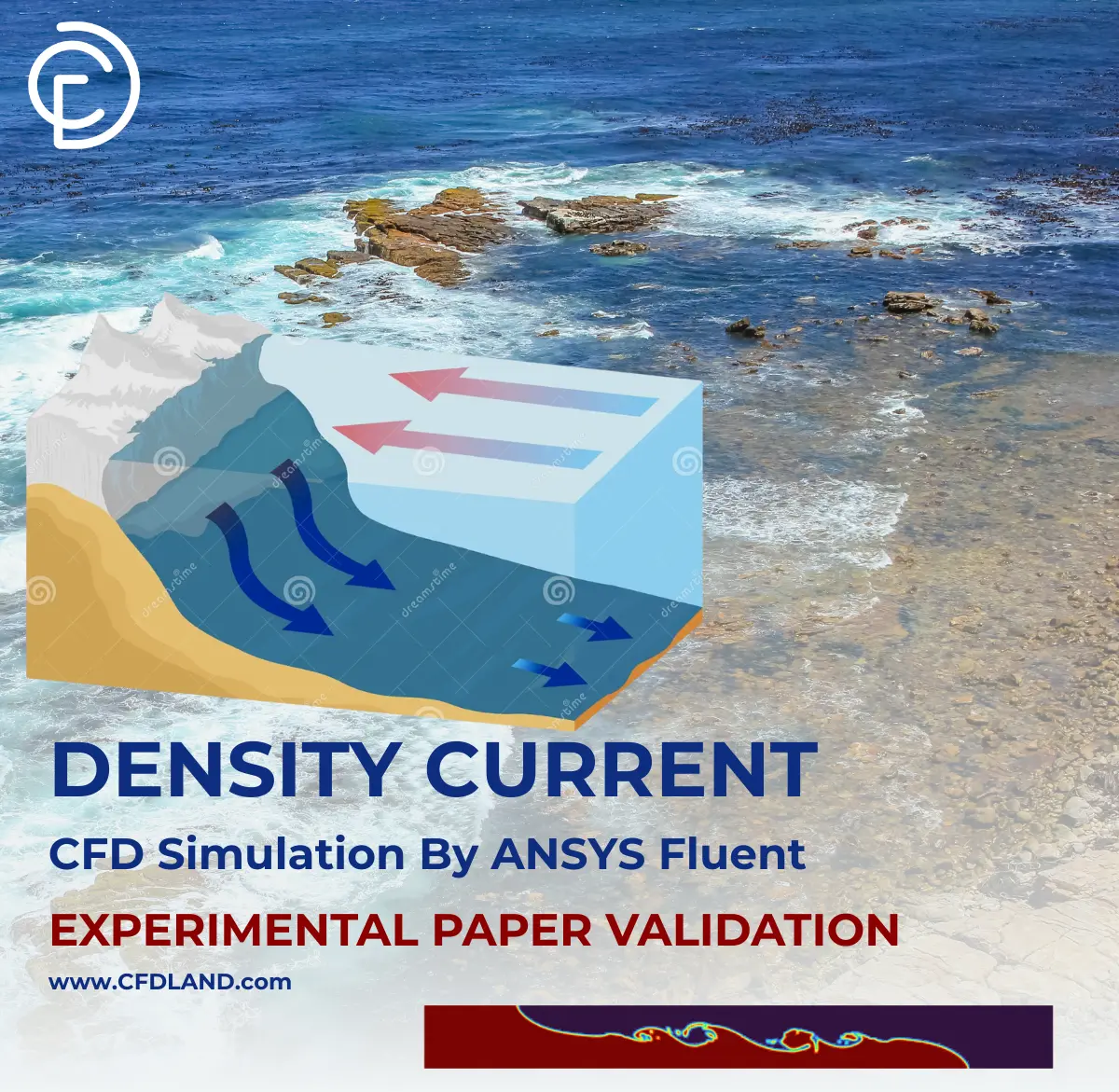

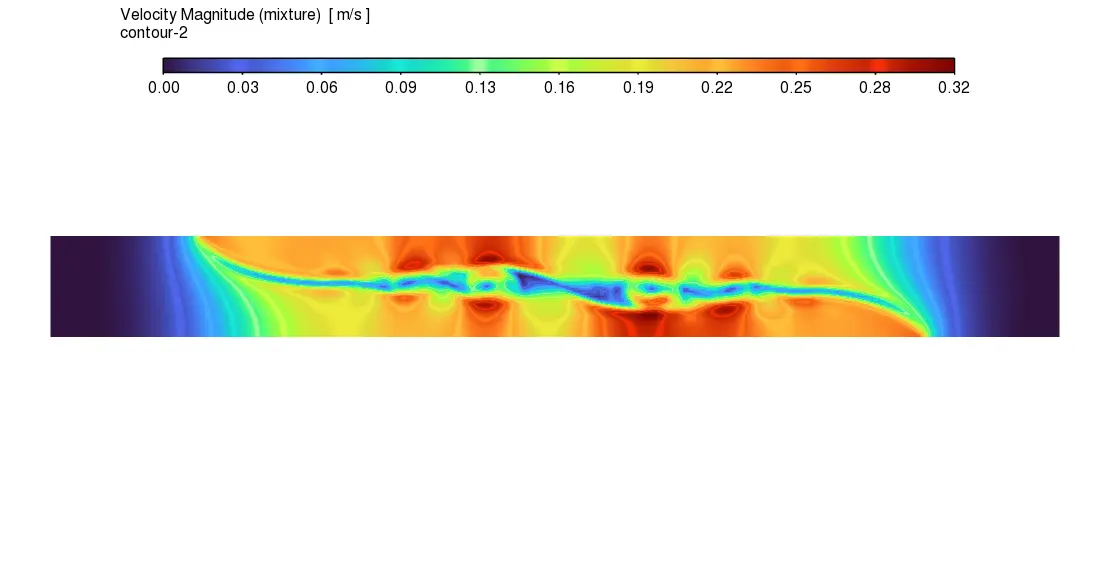
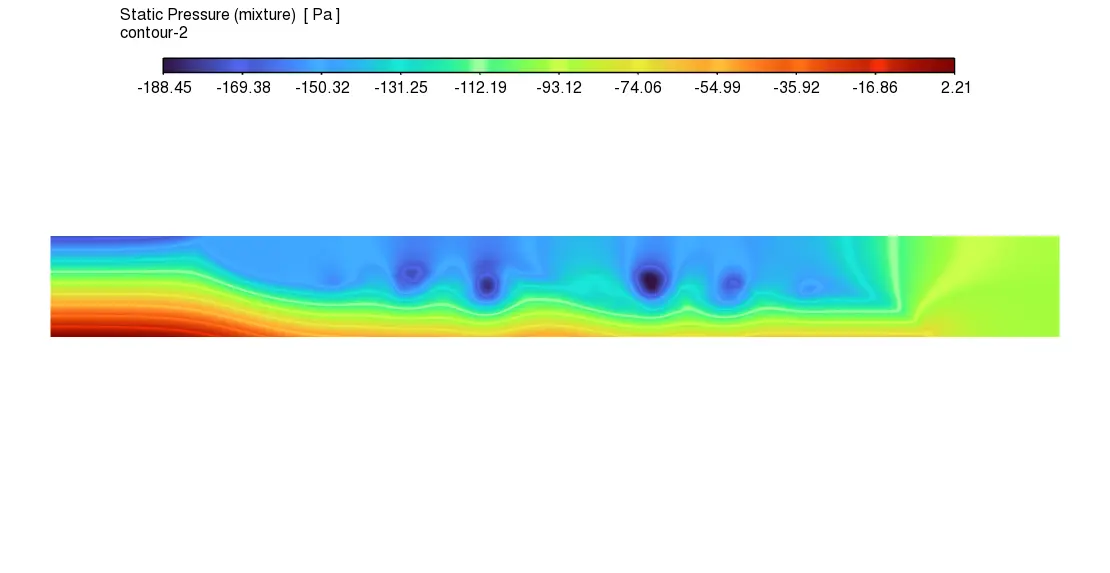
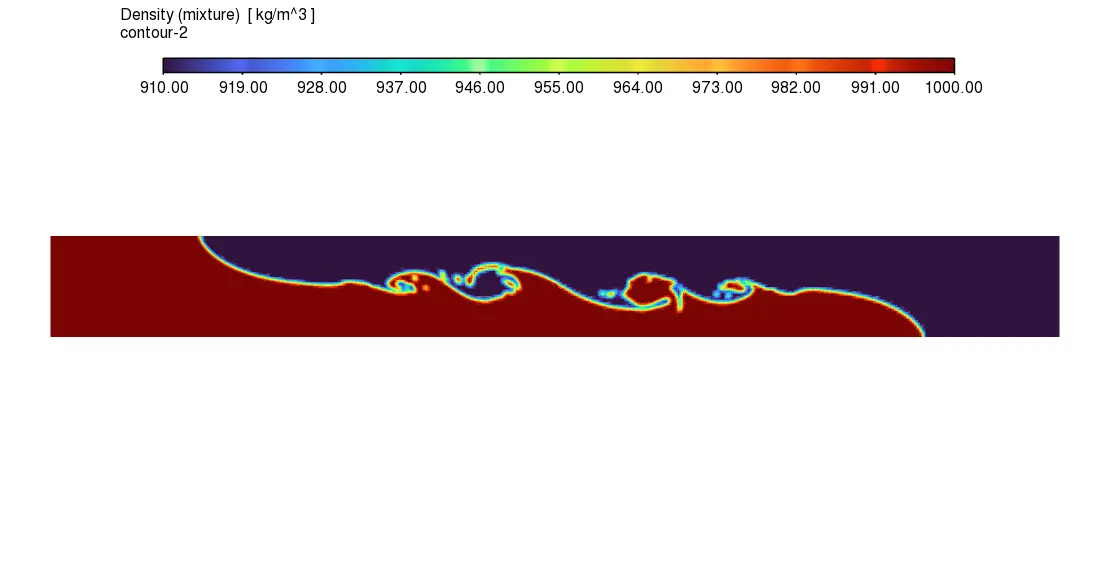
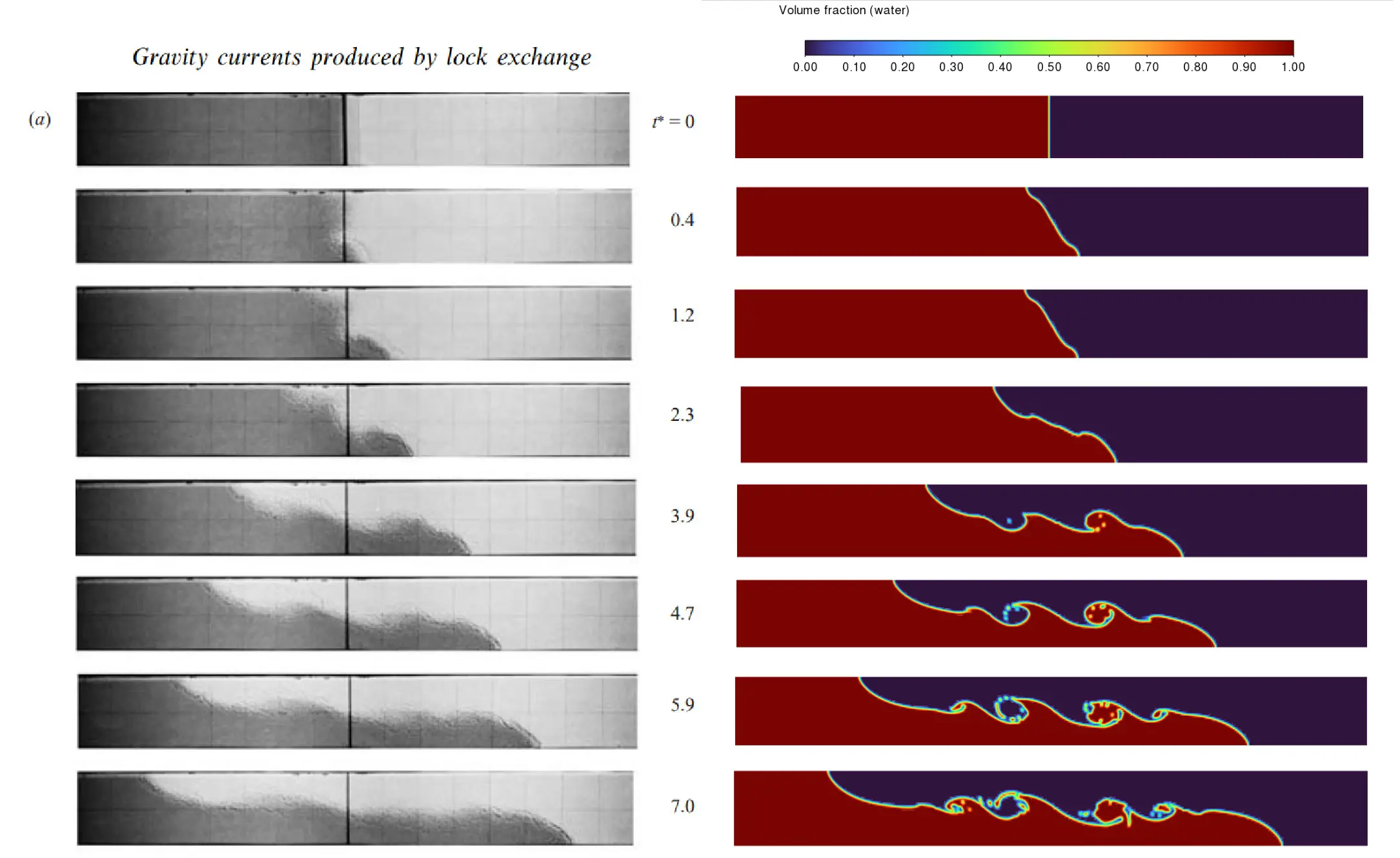
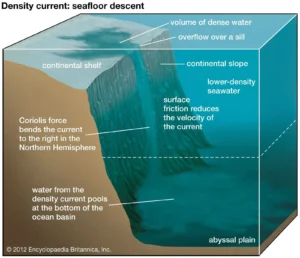

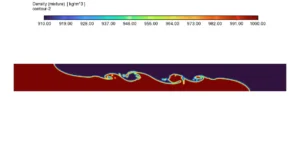





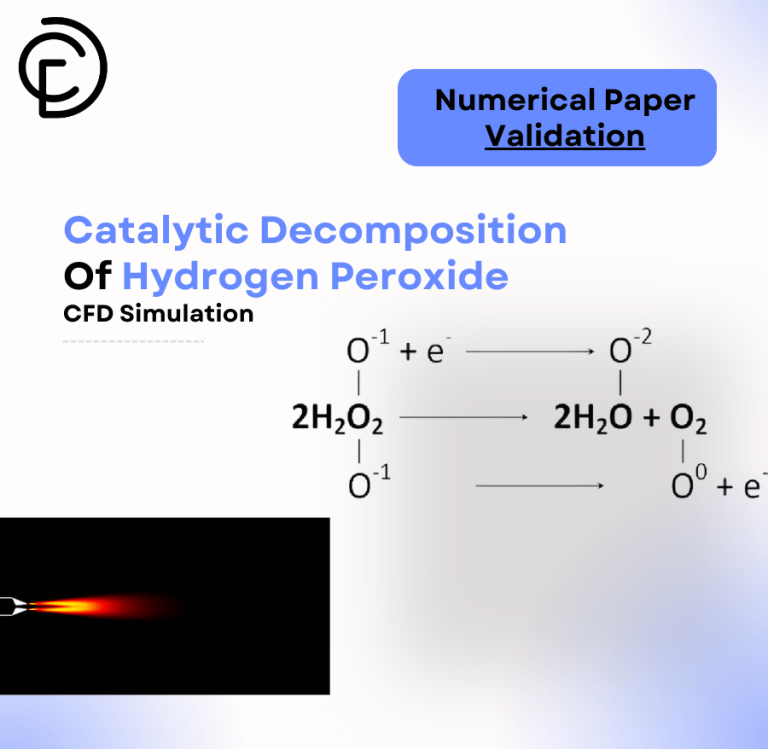
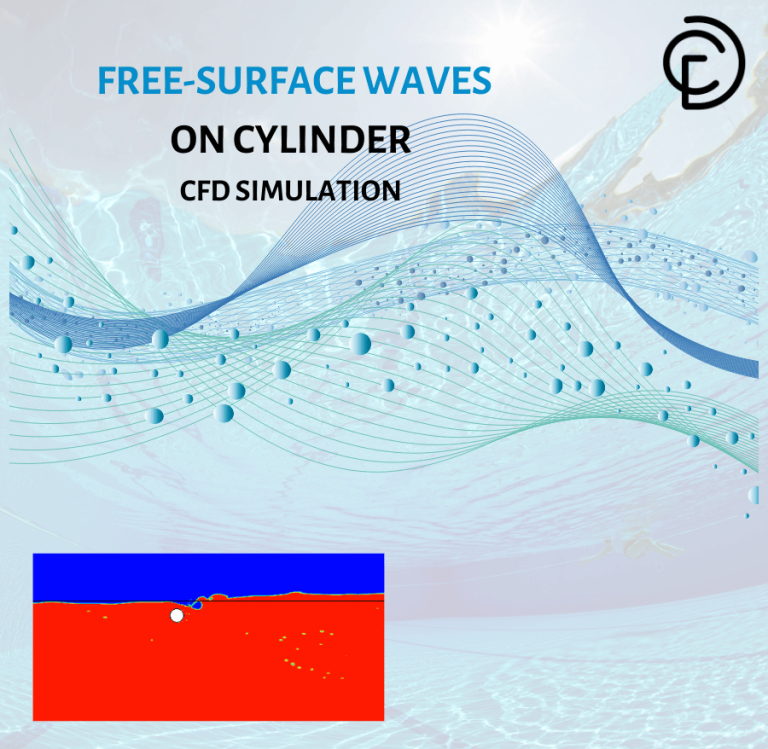

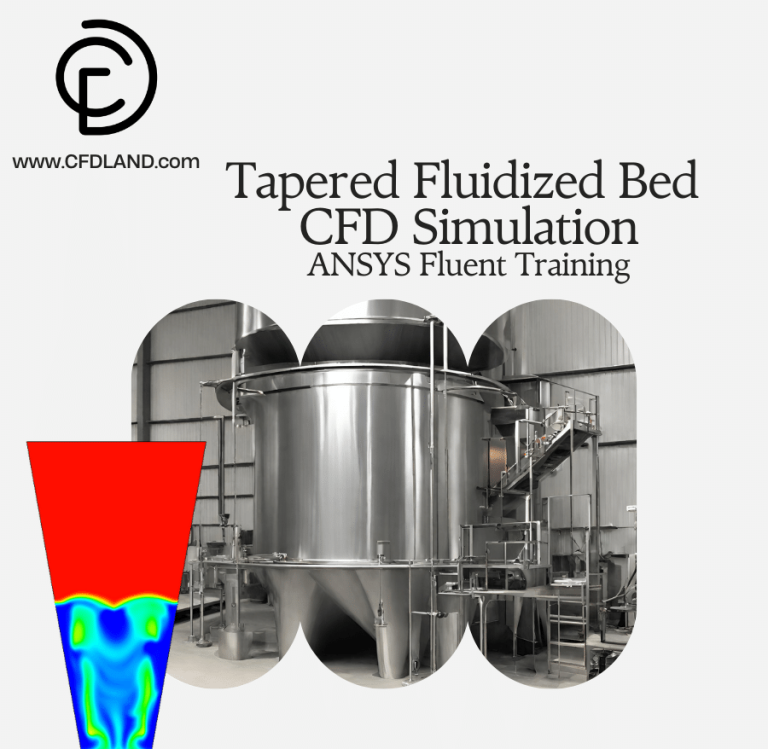
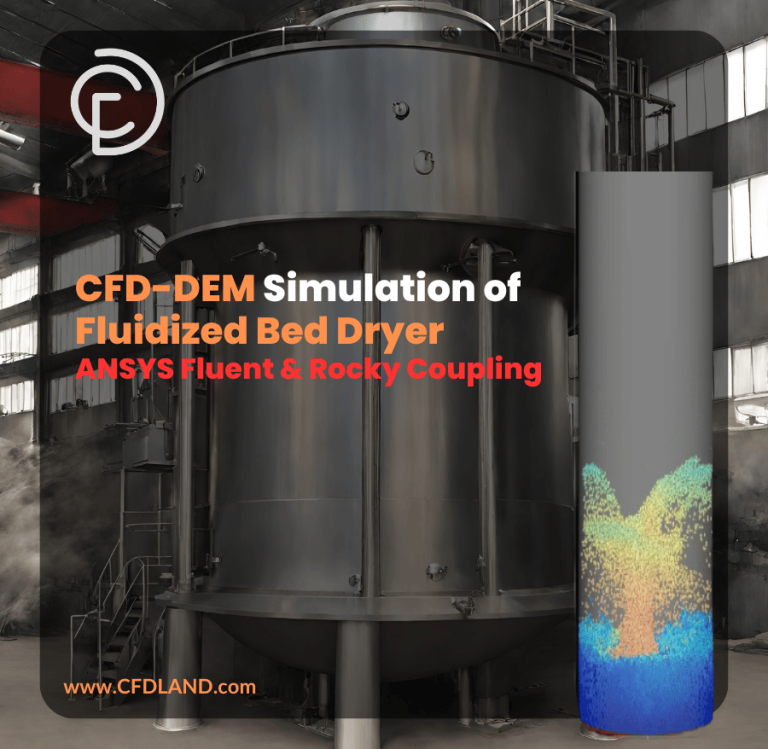
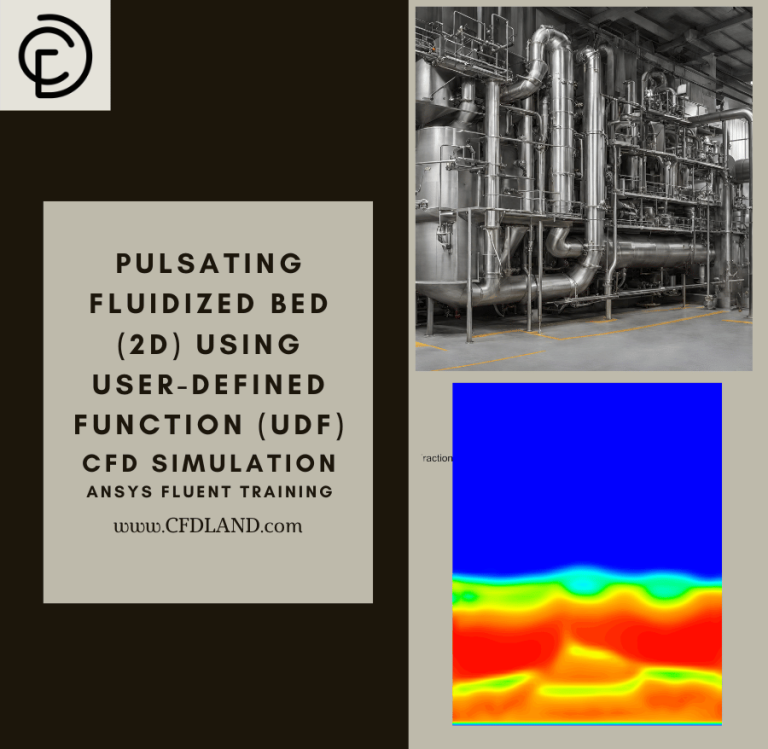
Reviews
There are no reviews yet.